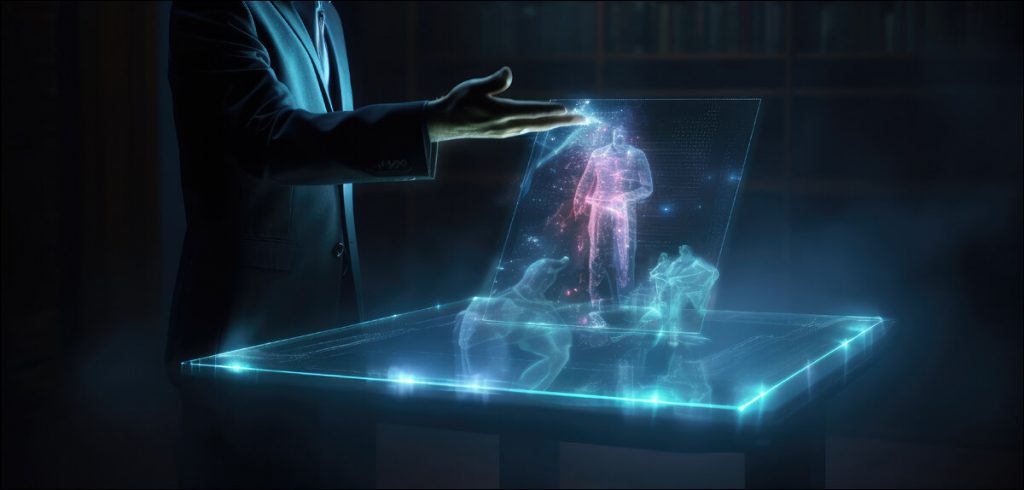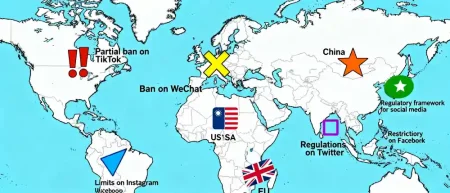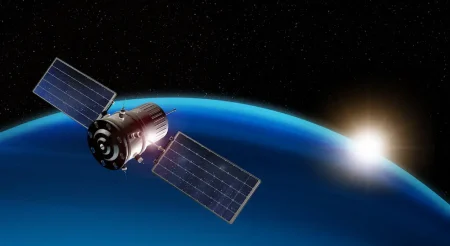With most of us already addicted to the 2D screens in our pockets, holographic communication could be the deep end of the technology pool that we actually lose ourselves in.
If you were born in the 80s, the most iconic holographic message you have ever seen is without a doubt Princess Leia’s message to Luke, Obi-Wan, and C3PO in Star Wars. If you watched that movie and thought “One day such a thing could actually happen,” the day has come and the thing, has happened. Holographs are real, as real as a holographic version of the late Tupac Shakur who surprised a packed audience at the Coachella concert by coming out on stage and performing beside Snoop Dogg. If for some reason you’re picturing a 3D movie, that is not a hologram. Unlike a 3D movie or image, a hologram does not need 3D glasses or any special equipment to be viewed.

Holograms vs 3D
Interestingly, in a 3D movie, it’s the 3D glasses that polarize light from two different projectors, and your brain does the rest. To elaborate, every 3D image consists of two separate images, one for the left eye and one for the right, in a movie, there are 2 separate projectors, and one of the lenses of the 3D glasses will polarize light from one, while the other will polarize light from the other. Then your brain merges the two images in your head to make you think what you are watching is 3D. Since it’s 2 separate recordings and not an actual 3D hologram, the viewing angle will never change irrespective of where you are standing, instead the image will stretch and contort to offer the same viewing angle.
That’s probably why a lot of people love 3D movies, and a lot of people hate them too, it all depends on how close or far you sit from the screen. A hologram, on the other hand, is an actual three-dimensional image formed by the interference of light beams, typically a laser, that can be viewed from any angle. While holograms have been around since the 1950s, holographic messages, like Princess Leia’s in Star Wars or even the late Tupac’s performance at Coachella, are pre-recorded and then played back. Holographic communication in real-time, however, is on another level altogether and requires way more “juice” in terms of technology, processing power, and latency.
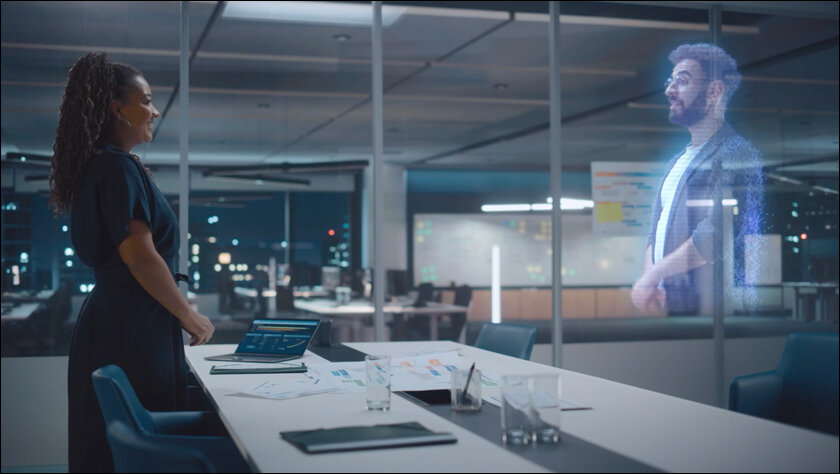
Holographic communication in real-time
Luckily for us, however, we live in an age of AI algorithms, big data technologies, advanced sensors, edge computing, 5G networks, and holographic 3D gaming engines. While holographic communication in real-time requires all the aforementioned technologies to have a chance at replacing our two-dimensional Zoom meetings, it’s the 5G networks and the millisecond latency they provide that is making it possible. According to an L&T article, “Full-size holograms require more data than today’s [4G] networks can typically transmit“. It then goes on to explain how older networks are mostly to blame for this technology not being accessible earlier. 5G networks plus the ability of AI algorithms to adjust images based on user data and behavior are both key factors contributing to this turning point in telecommunication technology.
AI also helps make the experience immersive, interactive, and “always improving,” which is another key factor. Several big players are already running holographic communication in the trial and incubation stages on 5G networks. Ericsson Holographic Communication claims to already be up and running as their website states “Holographic Communication runs live on a 5G SA network today.” Their solution includes Lidar and specially developed AR glasses (very different from 3D glasses) to produce a live 3D holographic communicational stream, or a 3D video call as they are calling it. Cisco is another organization that is running holographic communication in the trial stages, their product is called Webex Hologram and has already been rolled out to several select customers.
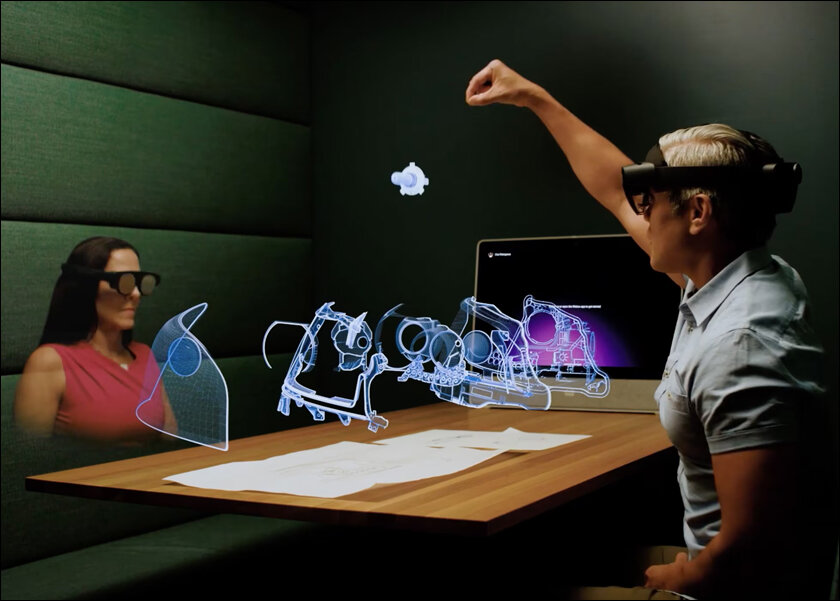
The future of telecommunication
While there certainly is a “cool and interesting” factor to being able to communicate via a 3D hologram, many people like the makers of the Humane AI pin who we mentioned in a previous post feel like less is often more when it comes to a visual or sensory overload. With most of us already addicted to the 2D screens in our pockets, holographic communication could be the deep end of the technology pool that we actually lose ourselves in. In conclusion, an interesting quote on the Ericsson website reads “Soon, every human sense will be digitally transformed, enabling fully immersive experiences that will change how we interact and communicate forever.“
In case you missed:
- Scientists establish two-way Lucid Dream communication!
- Humans Just Achieved Teleportation? Clickbait vs. Facts
- One Chip to Rule Them All: The 6G Chip at 100 Gbps!
- Could Contact Lenses be the Key to Fully Wearable BCIs?
- Samsung’s new Android XR Headset all set to crush Apple’s Vision Pro
- Quantum War Tech: DRDO and IIT help India take the lead!
- From Sci-Fi to Fake News: The Chinese Pregnancy Robot Claim!
- Deepfake Politics: How AI Could Undermine the World’s Largest Democracy
- CES 2025: NVIDIA’s Cosmos Just Gave Robots a ‘ChatGPT Moment’!
- Apple’s “Awe-Dropping” Event: iPhone Air, iPhone 17, AirPods Pro 3 and More




